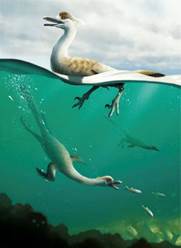Free Courses Sale ends Soon, Get It Now


Free Courses Sale ends Soon, Get It Now



Disclaimer: Copyright infringement not intended.
News
.jpg)
Details
© 2024 iasgyan. All right reserved